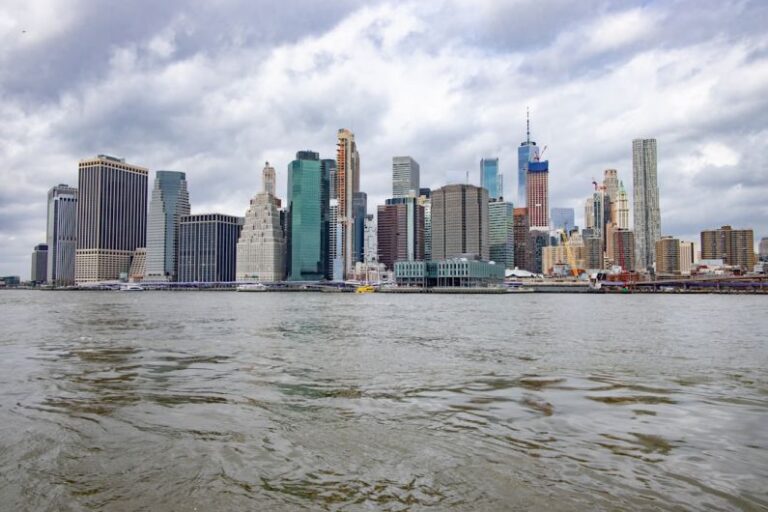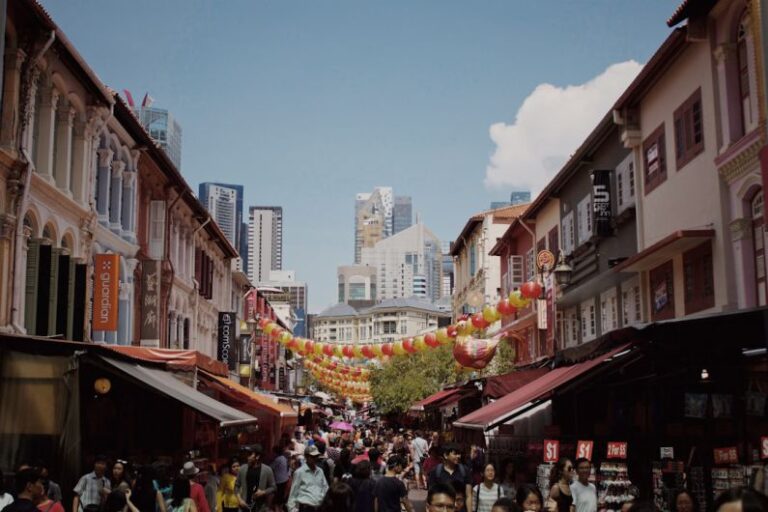Tackling the Challenges of Reverse Logistics
Reverse logistics is a critical aspect of supply chain management that often poses unique challenges for businesses. Unlike traditional logistics, which involves the movement of products from the manufacturer to the end consumer, reverse logistics deals with the process of moving goods from the consumer back to the manufacturer or retailer. This process involves handling returns, repairs, recycling, and disposal of products, making it a complex and multifaceted operation that requires careful planning and execution.
**The Growing Importance of Reverse Logistics**
In today’s competitive business environment, reverse logistics has become increasingly important for companies looking to streamline their operations and reduce costs. With the rise of e-commerce and online shopping, the volume of returns has increased significantly, putting added pressure on businesses to efficiently manage the reverse flow of goods. In addition to managing returns, companies also need to consider the environmental impact of their operations and ensure that products are disposed of or recycled in a sustainable manner.
**Challenges Faced in Reverse Logistics**
One of the key challenges in reverse logistics is the complexity of the process itself. Unlike traditional logistics, where products typically move in a linear fashion from the manufacturer to the consumer, reverse logistics involves multiple touchpoints and potential routes, making it difficult to track and manage efficiently. Additionally, the condition of returned products can vary widely, ranging from like-new items to damaged goods, further complicating the process of handling returns and determining the appropriate course of action for each item.
Another challenge in reverse logistics is the issue of inventory management. Unlike in forward logistics, where companies can forecast demand and plan production accordingly, reverse logistics involves dealing with unpredictable returns that can disrupt inventory levels and strain warehouse capacity. Companies need to develop robust systems for managing returned inventory, including processes for inspecting, refurbishing, and restocking products to minimize losses and maximize value.
**Technological Solutions for Reverse Logistics**
To address the challenges of reverse logistics, many companies are turning to technology for solutions. Advanced tracking and tracing systems can help companies monitor the movement of returned products in real-time, enabling better visibility and control over the reverse flow of goods. Additionally, data analytics tools can provide valuable insights into return patterns and trends, allowing companies to optimize their reverse logistics processes and make informed decisions about inventory management and resource allocation.
**Sustainability in Reverse Logistics**
As environmental concerns become increasingly important for consumers and regulators, sustainability has emerged as a key consideration in reverse logistics. Companies are under pressure to minimize waste and reduce their carbon footprint by implementing eco-friendly practices in their reverse logistics operations. This includes initiatives such as recycling programs, product refurbishment, and responsible disposal of electronic waste, all of which contribute to a more sustainable and environmentally friendly supply chain.
**Future Trends in Reverse Logistics**
Looking ahead, the future of reverse logistics is likely to be shaped by technological advancements and shifting consumer preferences. The rise of automation and robotics is expected to revolutionize the way companies handle returns, with the potential to streamline processes and reduce costs. Additionally, as consumers become more conscious of sustainability issues, companies will need to prioritize environmental responsibility in their reverse logistics operations to stay competitive and meet evolving customer expectations.
In conclusion, reverse logistics presents a unique set of challenges for businesses, from managing returns and inventory to ensuring sustainability and efficiency in operations. By leveraging technology, adopting sustainable practices, and staying ahead of emerging trends, companies can navigate the complexities of reverse logistics and turn it into a competitive advantage in today’s dynamic marketplace.






